The Arts and Humanities Research Council (AHRC) will fund 31 innovative projects designed to protect and grow the UK’s £29 billion heritage sector. With an investment of £37 million from the Research Infrastructure for Conservation and Heritage Science (RICHeS) programme, these projects aim to unlock the potential of existing heritage collections and provide access to previously untapped cultural assets. The RICHeS programme is funded by an £80 million research and innovation investment through the UKRI Infrastructure Fund.
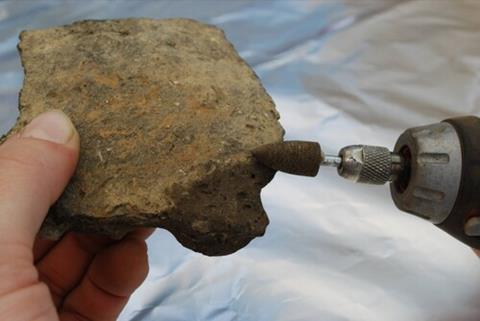
This funding will be used to establish new state-of-the-art facilities to drive technological innovation in a range of areas, including sustainable building practices, bio-imaging, carbon dating techniques and advanced materials analysis.
Among the 117 partners offered the funding, the University of Bristol has received £1 million to launch a new centre for chemical characterisation. This will leverage the university’s longstanding expertise in mass spectrometric methodologies for molecular and isotope analyses of archaeological materials. These include organic traces on pottery shards, dietary signatures in human and animal bones and climatic signals in historic parchments. Analysing these materials will yield insights into the diet and movement of ancient populations.
The National Trust was also awarded £809,000 to upgrade their analytical instruments, including a portable x-ray fluorescence analyser for dating artwork, 3D scanners to capture archaeological sites and microfading equipment to study time-dependent degradation of artworks. In a similar effort to improve the conservation of the Tate’s Modern and Contemporary Arts collection, new infrared imaging equipment will be purchased, enabling assessment of volatile pigments in famous pieces such as Andy Warhol’s Marilyn Diptych. Understanding the composition of paints used in artwork helps to guide their care and display.
Some of the other projects being funded include digital modelling of artefacts, care and curation of ancient human remains, adapting traditional buildings to help meet net zero targets and protecting culture from climate change.


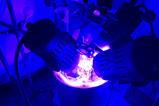




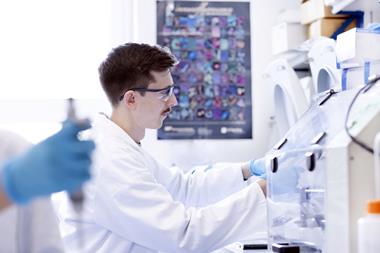
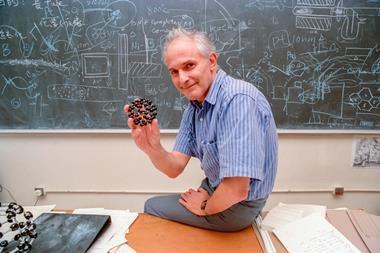
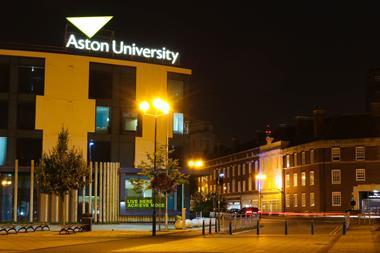

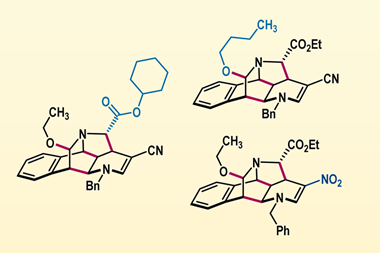

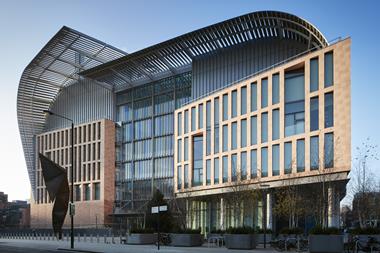

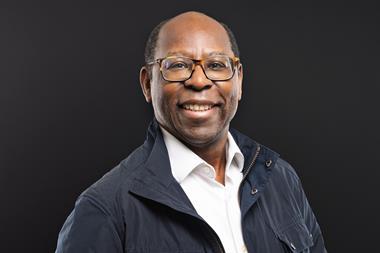
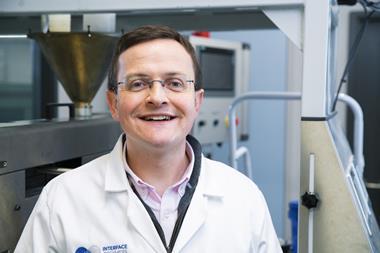
No comments yet